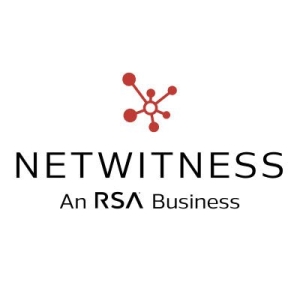Service and Support
Customer service for Enterprise Customers is highly rated, while technical support receives mixed feedback, ranging from fast responses but slow escalation to lacking expertise. Some rate it 8/10 for proficiency, while others find them frustrating due to delayed replies. Technical support is considered good, responsive, and professional, though there are challenges with responsibility and international support limitations. Ratings vary, with some users satisfied despite high costs, whereas others find improvement needed in expertise and response times.
Deployment
Initial setup experiences with NetWitness Platform are mixed. Some find it straightforward and quick to deploy, especially with expertise. Others report complexity, requiring professional support to manage integrations and configurations. Duration varies, ranging from two days to several months, influenced by organizational size and complexity. Ongoing maintenance can be demanding, needing skilled personnel and effective resource allocation. Opinions range from easy to intricate, depending on familiarity, environment, and the level of customizations needed.
Scalability
Users generally find NetWitness Platform to be highly scalable, accommodating small to large organizations. It efficiently handles increased capacity and user load. Network deployment is crucial, as metadata flows are significant. While licensing may influence limits, users can expand resources via cloud solutions. Enterprises appreciate its scalability, although specific implementations and hardware considerations might affect performance. Some users rate it below average for scalability due to on-premise hardware demands.
Stability
Users generally find NetWitness Platform stable with reliable performance when systems are properly configured with adequate CPU, RAM, and HDD. However, some note instability during updates and upgrades, particularly with versions prior to 11.3. Earlier versions had stability issues, but recent updates improved performance. A well-sized setup helps, though some users experienced crashes despite technical support. Stability ratings vary, often around seven to nine out of ten.



